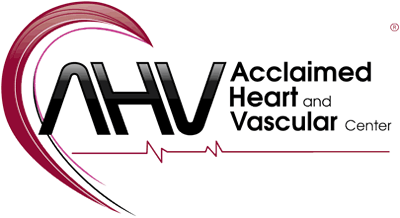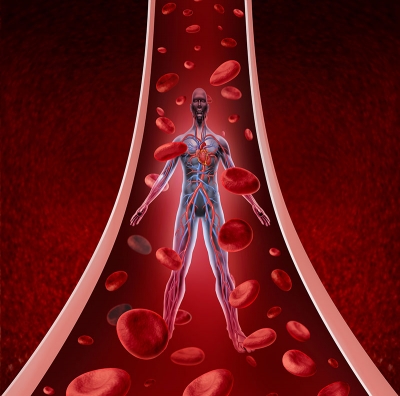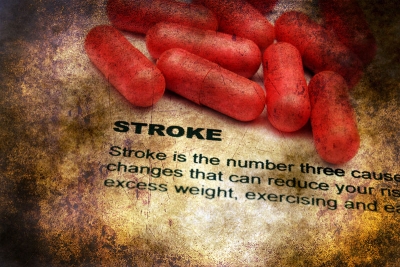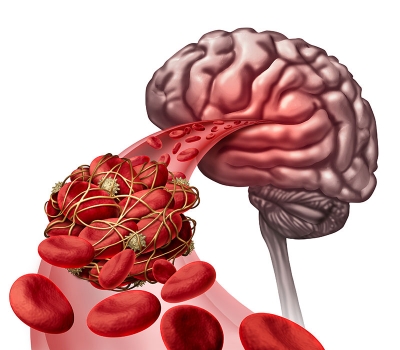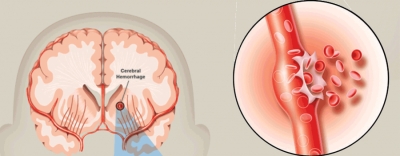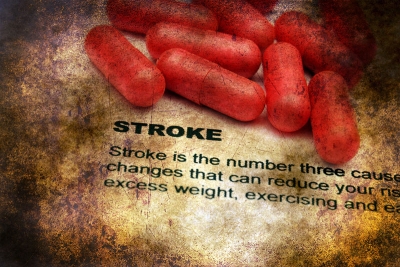Stroke
Peripheral artery disease (PAD) is a narrowing of the peripheral arteries to the legs, stomach, arms, and head - most commonly in the arteries of the legs. PAD is similar to coronary artery disease (CAD). Both PAD and CAD are caused by atherosclerosis that narrows and blocks arteries in various critical regions of the body.
Stroke is the 5th leading cause of death in the US, with one person dying every 4 minutes as a result. For African Americans, stroke is the 3rd leading cause of death.
In the US, approximately 40% of stroke deaths are in males, with 60% in females. According to the American Heart Association (AHA), compared to Caucasians, African Americans have nearly twice the risk of a first-ever stroke and a much higher death rate from stroke.
Stroke is also more likely to affect people if they are overweight, aged 55 or older, have a personal or family history of stroke, are not physically active, drink heavily, smoke or use illicit drugs.
Ischemic stroke is the most common form of stroke, accounting for around 87% of strokes. This type of stroke is caused by blockages or narrowing of the arteries that provide blood to the brain, resulting in ischemia - severely reduced blood flow.
These blockages are often caused by blood clots, which can form either in the arteries connecting to the brain, or in other blood vessels before being swept through the bloodstream and into narrower arteries within the brain. Clots can be caused by fatty deposits within the arteries called plaque.
Hemorrhagic stroke is caused by arteries in the brain either leaking blood or bursting open. The leaked blood puts pressure on brain cells and damages them. Blood vessels can burst or spill blood in the middle of the brain or near the surface of the brain, sending blood into the space between the brain and the skull.
According to www.stroke.org, Hemorrhagic Strokes account for about 15% of all strokes, but they are responsible for about 40% of all stroke deaths.
Transient ischemic attacks, or TIAs, are different from the other types of stroke because the flow of blood to the brain is only briefly interrupted. Even though they are referred to as “mini” strokes, TIAs should be regarded as medical emergencies just like the other kinds of stroke, even if the blockage of the artery is temporary. They serve as warning signs for future strokes and indicate that there is a partially blocked artery or clot source in the heart.
According to the Centers for Disease Control and Prevention (CDC), over a third of people who experience a TIA go on to have a major stroke within a year if they have not received any treatment. Between 10-15% will have a major stroke within 3 months of a TIA.1
